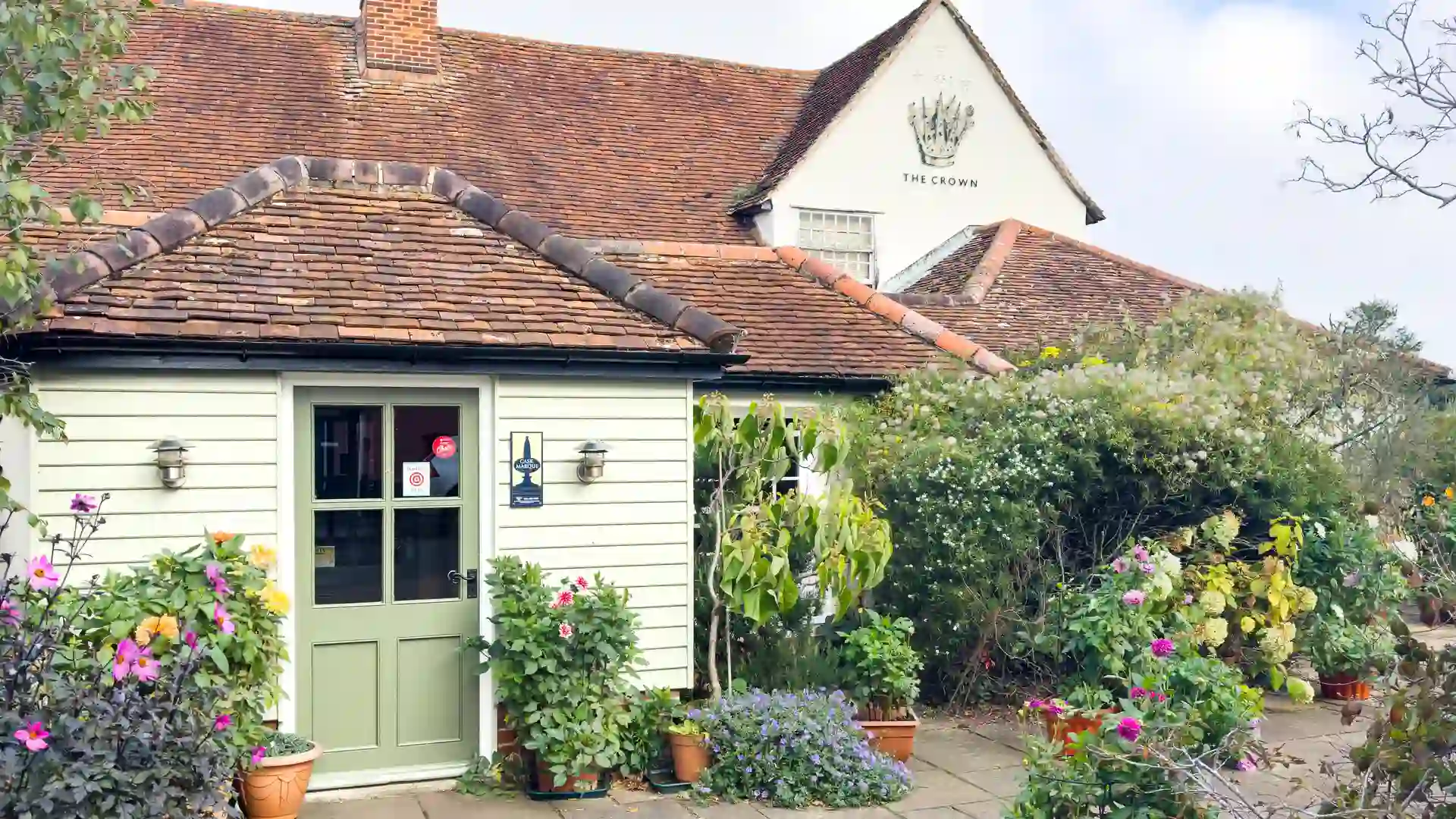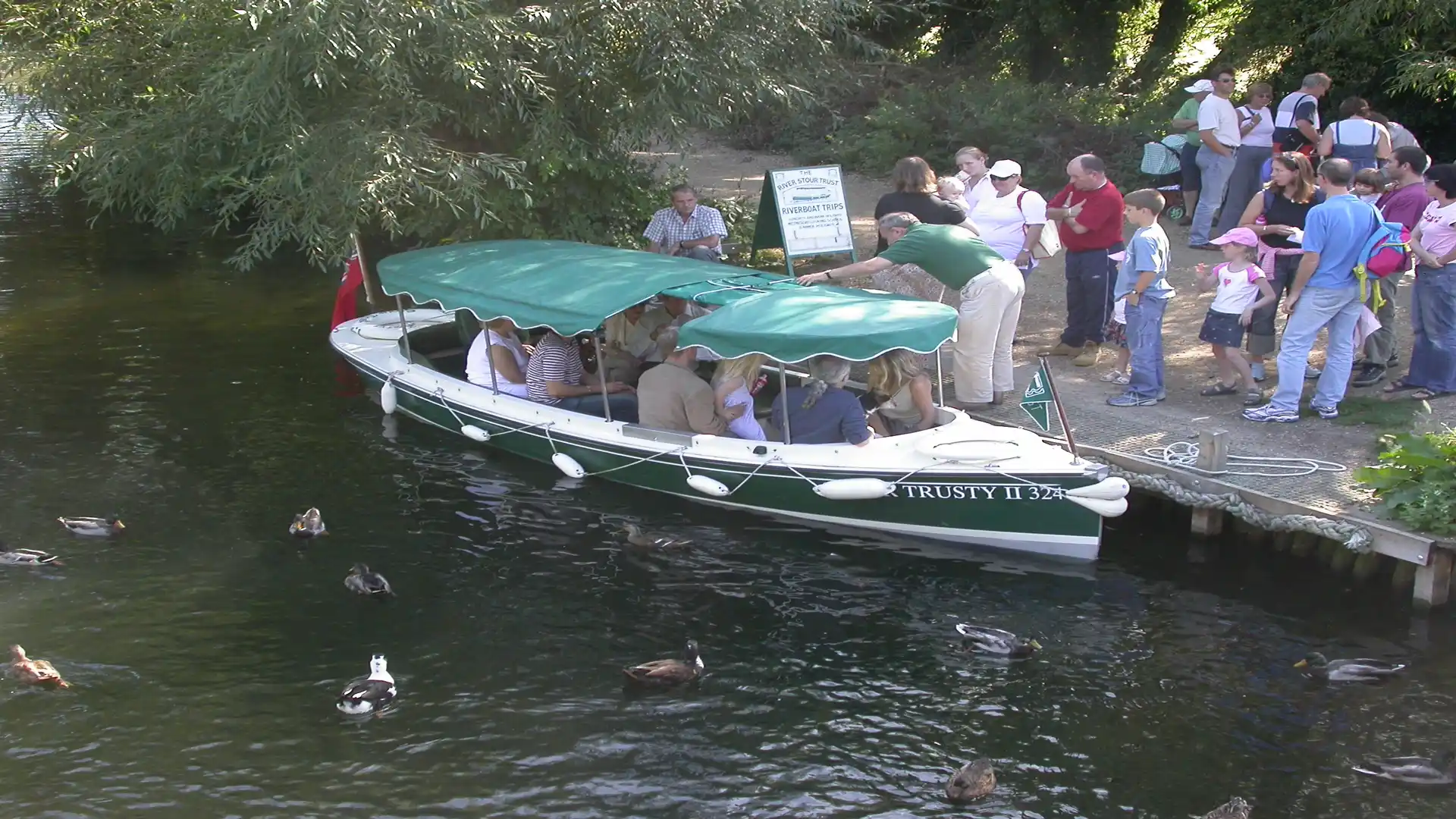This week, the East of England takes centre stage in sustainable, self-guided travel — with new investment in walking and cycling routes, community grants for green tourism, and local partnerships strengthening the region’s reputation for slow, countryside exploration.
Community Grants Strengthen Dedham Vale’s Nature and Access Projects
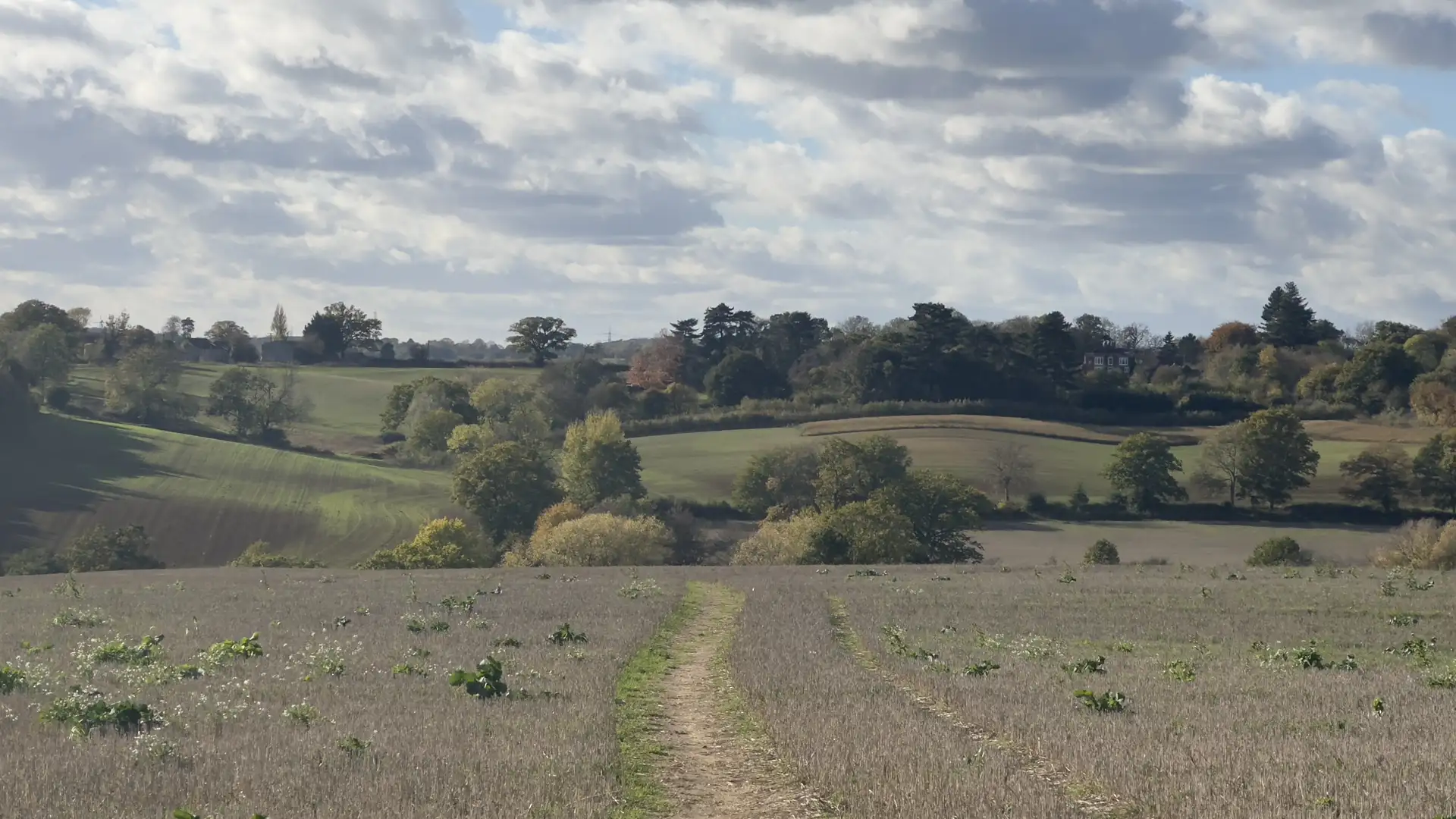
The Dedham Vale National Landscape Partnership has reopened its annual grant scheme, offering up to £6,000 for projects that support wildlife, landscape care, and community engagement across the Stour Valley.
Funding is open to parish groups, conservation charities, and local organisations aiming to improve trails, signage, and visitor facilities — continuing Dedham Vale’s long tradition of connecting people and place.
Why it matters
These small, grassroots projects play a big role in shaping sustainable rural tourism — supporting walking access and biodiversity while keeping the character of England’s “Constable Country” intact.
Suffolk’s Station-to-Station Trails Expanded
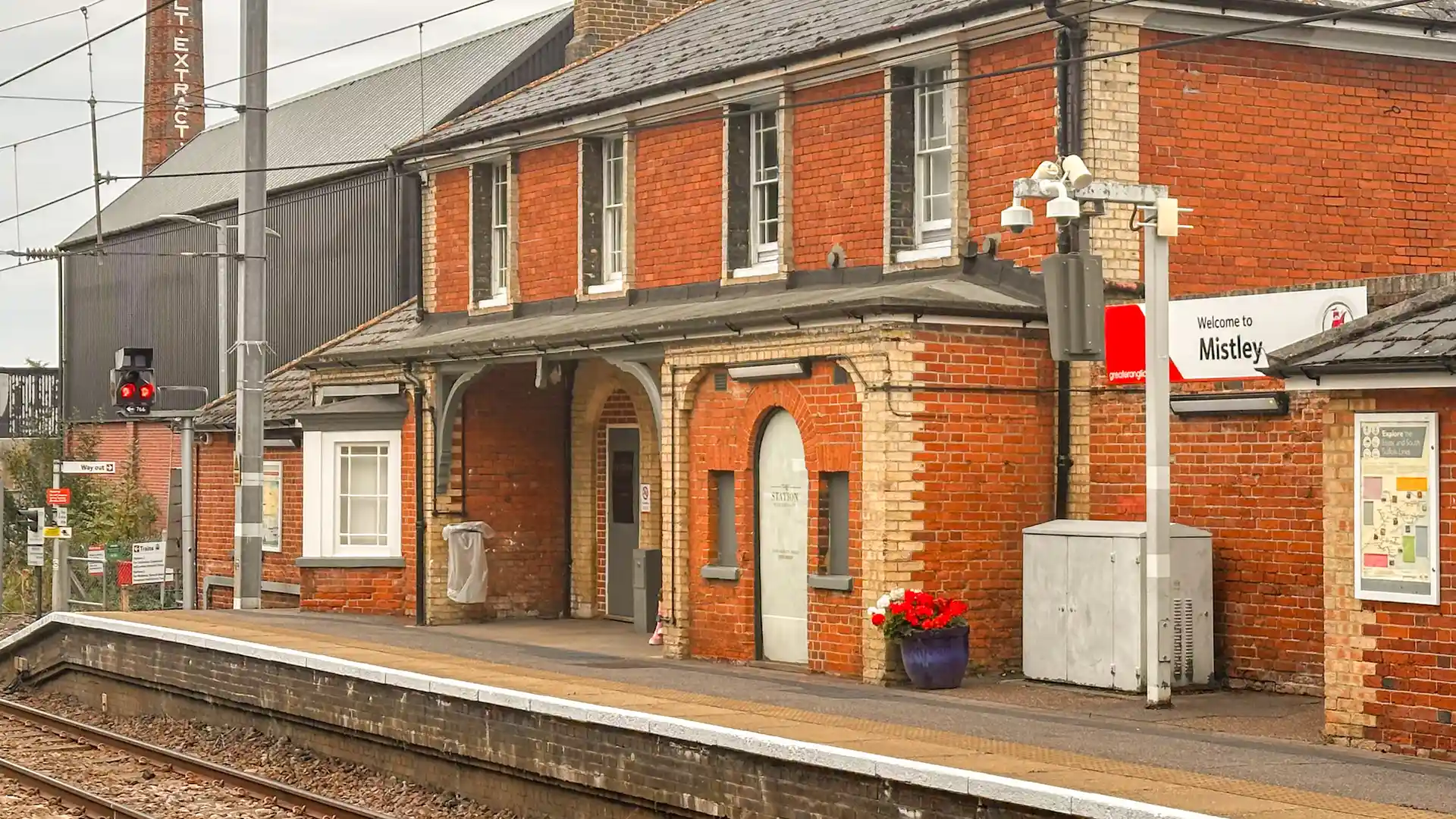
The East Suffolk Lines Community Rail Partnership has released an updated Station Walks guide linking rail stations with new countryside trails across the county. The initiative covers more than 70 miles of scenic routes connecting towns like Woodbridge, Beccles, and Lowestoft.
Why it matters
The guide encourages car-free exploration and short self-guided breaks — helping travellers discover Suffolk’s gentle landscapes directly from the train platform.
Suffolk Invests in Walking, Cycling & Wheeling Routes

Suffolk County Council has announced a series of new infrastructure projects designed to make active travel safer and more accessible. Backed by national Active Travel funding, the improvements will enhance local links between market towns, rural villages, and nature reserves.
Why it matters
Better connected paths support residents and visitors alike — providing the foundation for slow, sustainable journeys through East Anglia’s countryside.
Protected Landscapes Strengthened Under New Legislation
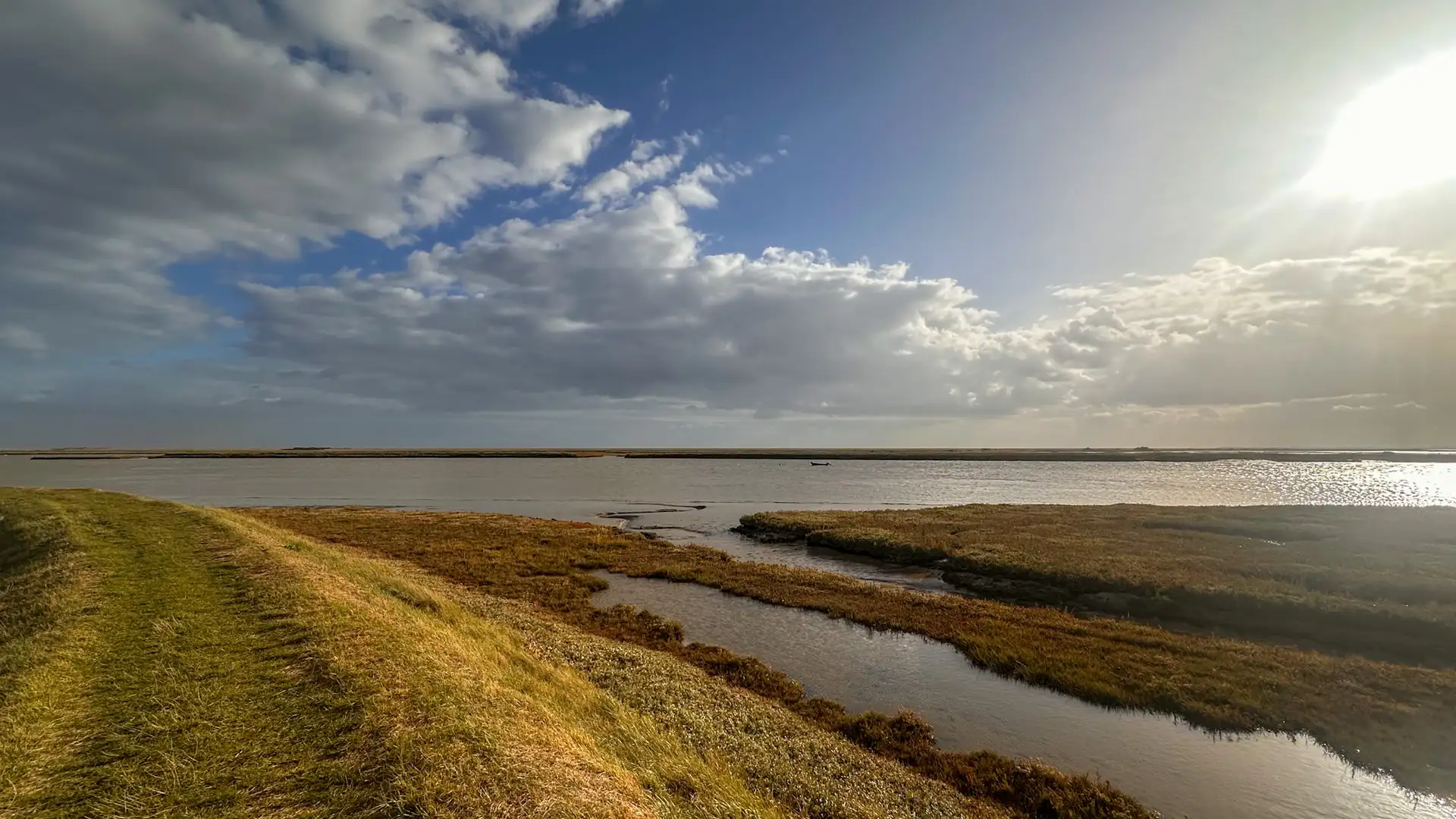
The national transition from Areas of Outstanding Natural Beauty to National Landscapes is now fully recognised in law — reinforcing the protection and purpose of regions like Dedham Vale and the Suffolk Coast & Heaths. Local authorities and tourism partners are now legally obliged to “conserve and enhance” these landscapes in all future planning.
Why it matters
This strengthened status gives greater weight to sustainable tourism, community stewardship, and environmental restoration in the East of England’s most treasured landscapes.


